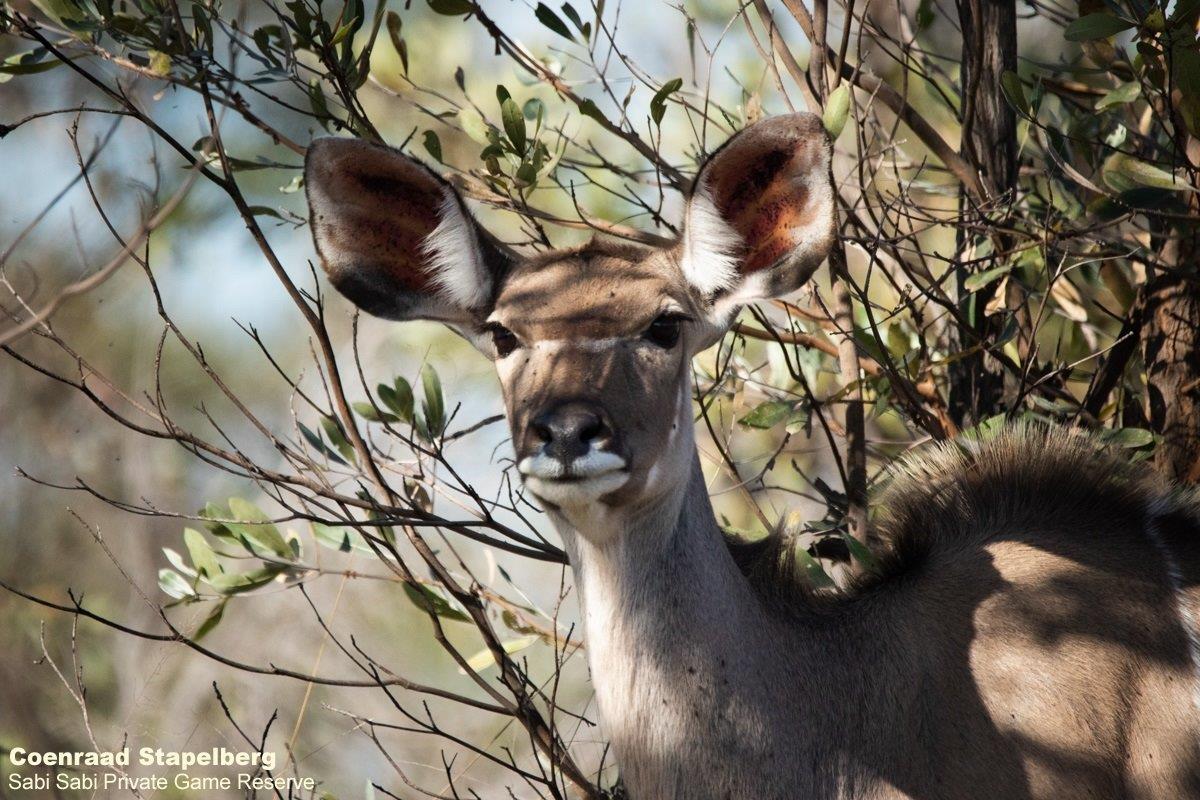A Week in the Bush Vol. 426
on Aug 24, 2022Our week started off with a sighting of Ntsumi at the location where she had managed to hoist a large female nyala she had killed. Her cubs were nowhere to be seen. She started giving soft contact calls for her cubs and for about five minutes there was no sign of them. She eventually got up and started moving and calling for them again. Knowing there had been hyenas in the area, we started to fear for the worst. Suddenly one cub appeared and finally the second cub. What a relief both cubs are still doing well and have been well fed. Shortly thereafter the trio returned to where the kill was hoisted. The young male cub went up to feed again, leaving his mom and sister below. Two more hyenas came in and the second cub went straight up a tree with mom baring teeth giving her cubs ample time to get up into safety.
Hyenas pose a massive threat to young leopard cubs, however, because leopards are excellent climbers, they are able to escape to safety easily. It is encouraging to see these young cubs realise the threat of hyenas and are alert to the constant potential dangers.
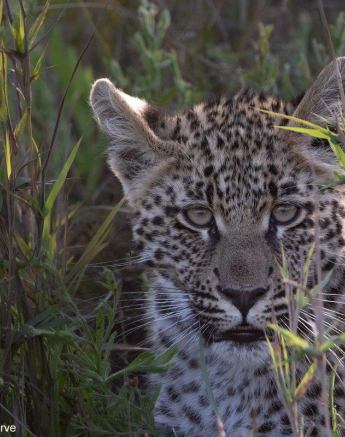
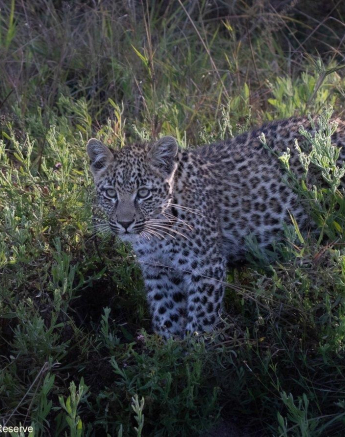
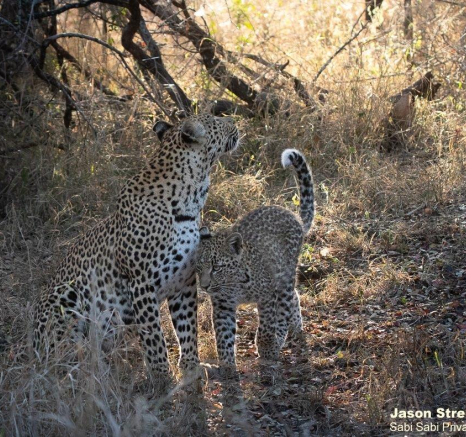
A few days later, Ntsumi was seen again. She was lying in a thicket watching a herd of impala approach, but she got impatient and decided to move closer and was spotted. She then moved off in search of the next opportunity, posing on termite mounds and fallen trees allowing our guests some incredible photo opportunities.
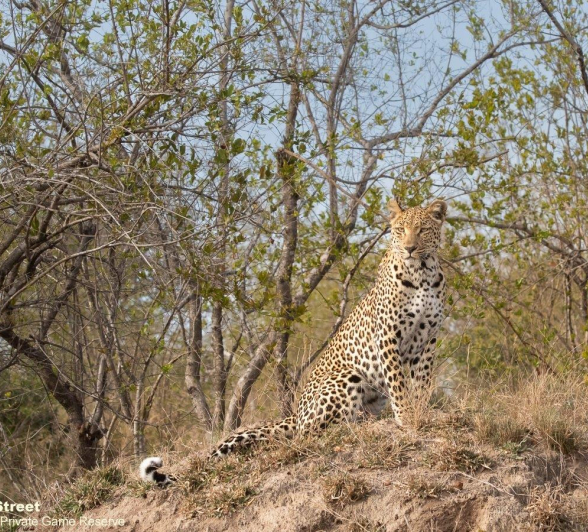
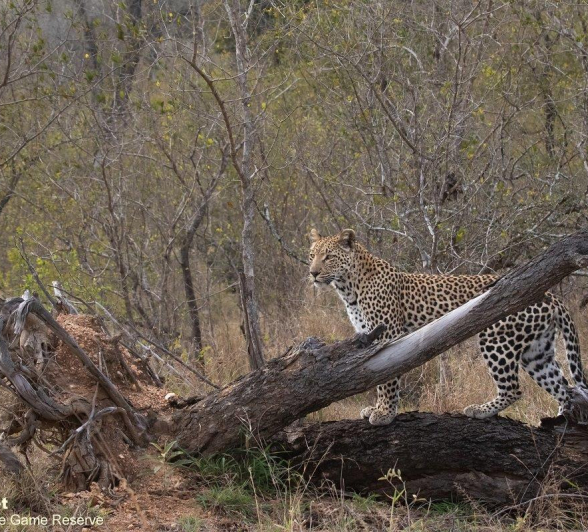
Early one morning, the sun illuminated both the River Rocks female and N’weti male in sensational light. We witnessed them mate twice more before making their way into a drainage line. Their attention was captured by kudu sounding an alarm call. They moved at top speed to investigate what was happening. Read all about this sighting in Ally’s latest blog, Spotting Spots.
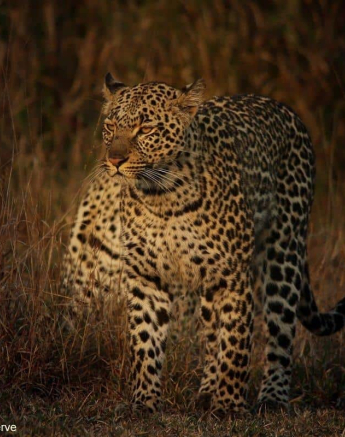
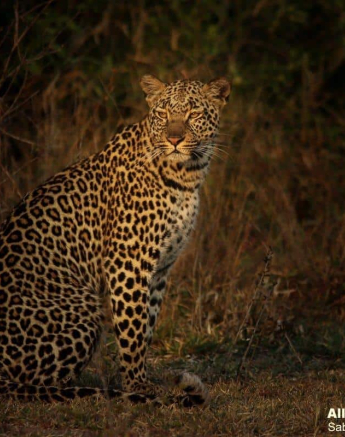
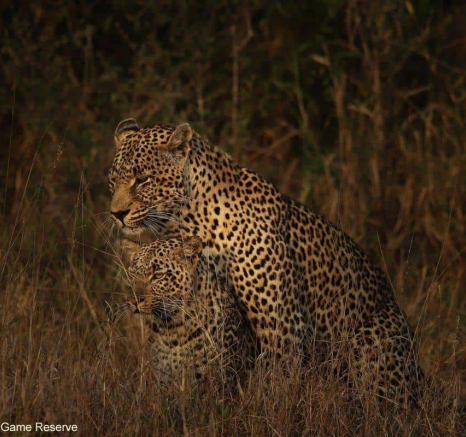
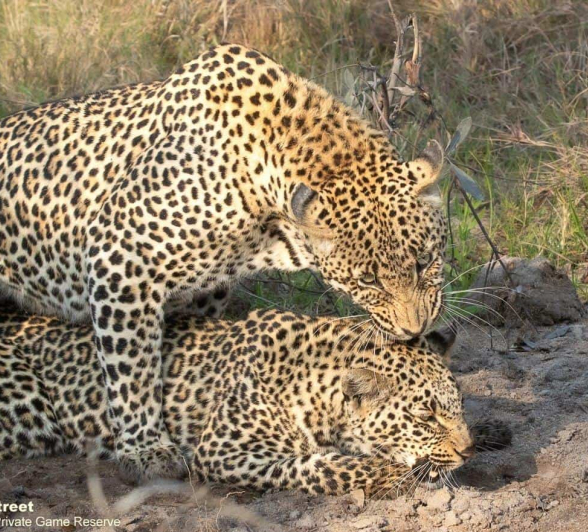
Tracks for a female leopard were found at the entrance to Selati Camp. Kigelia walks with a limp after an injury she sustained as a cub to her back leg and this limp leaves a distinct smear in her track, so we knew we were tracking Kigelia. We eventually found her a long way south from where we originally found her tracks. Kigelia has a few wounds, her left eye, above her head and her back leg has a gash. She was recently seen mating with Mawelawela, and these scratches must have come from her time mating with him.
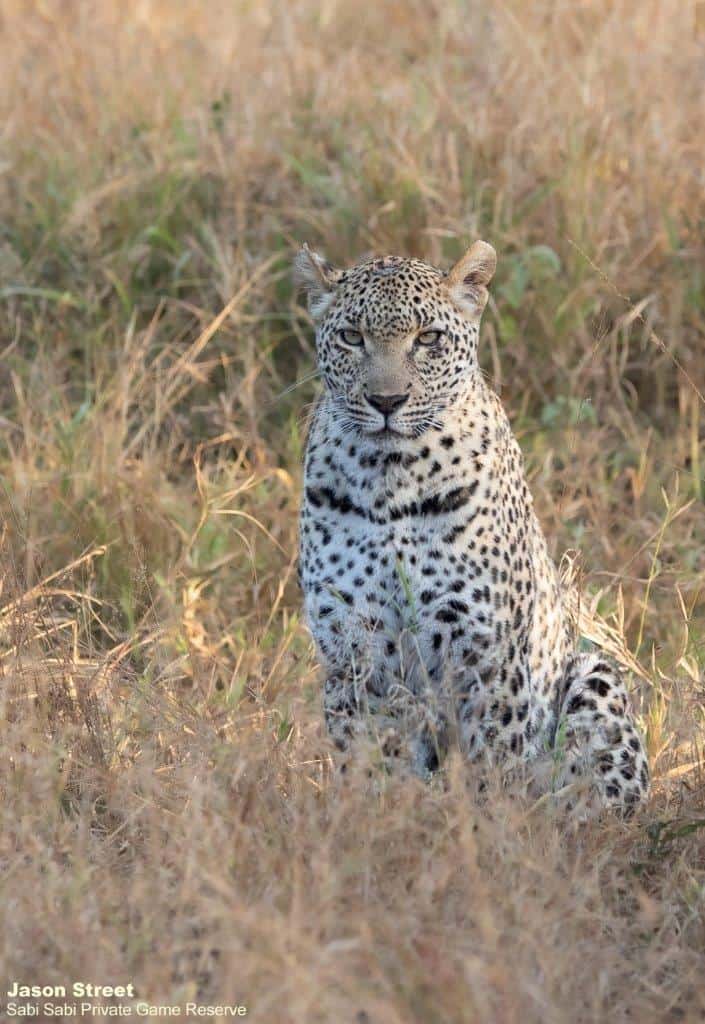
Relatively inactive after spending two days feeding on a buffalo, the Kambula Pride kept a low profile, digesting the large meal they just had. After a hot day, a large meal and very little energy to move, the Kambula females were resting during the day. Ally’s tracker managed to catch a glimpse of a crisp white chin that broke the tawny camouflaged figure, identifying it as a lion. We managed to get a quick look before she lay back down. Lions, depending on the size of the meal, will spend a large portion of their day resting, generally not moving too far from where they made the kill. Later, the pride made a rather slow move, toward a watering hole.
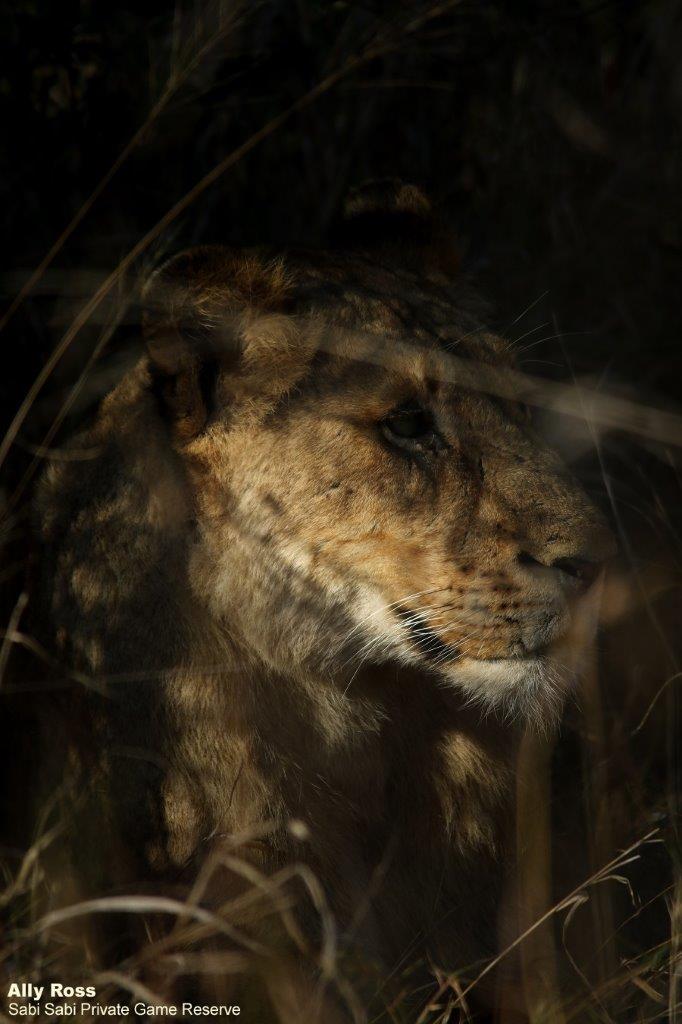
The two Gijima males were spotted on the banks of the Umlechwaan River drainage line showing interest in a large herd of buffalo in the area. The two males trailed the buffalo until the herd got wind of the lions. The herd came together and chased the lions off to a safe distance.
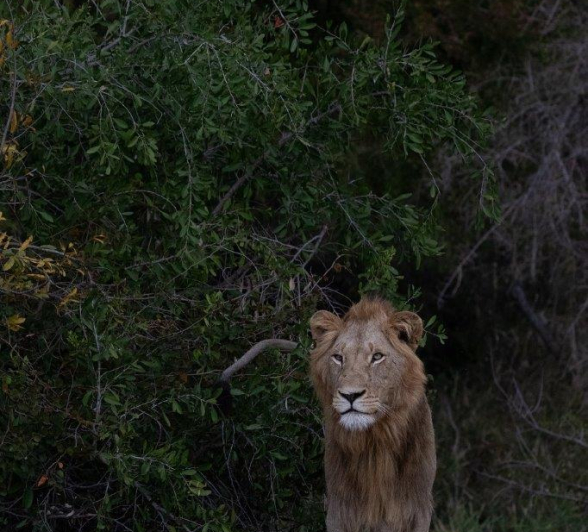
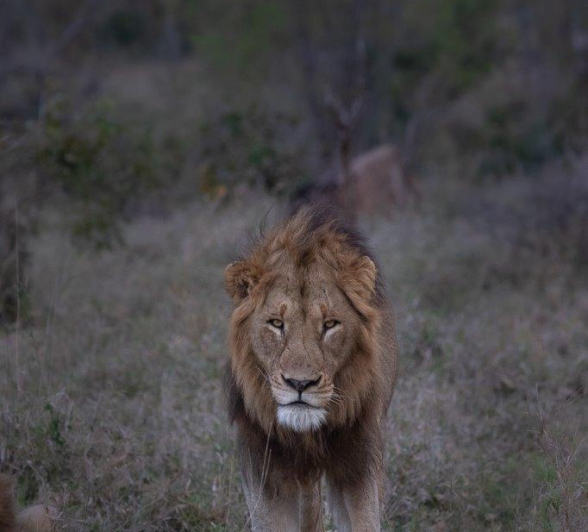
A large herd of buffalo were close to Earth Lodge and we had high hopes that lion would be close on their tails, so we made our way into the south of our reserve to investigate. The three Southern Pride females were slowly crossing over the cutline towards where we had found the buffalo earlier that morning. A small group of vultures were just ahead of them, perched in a dead Leadwood tree. We quickly went ahead of the females, whom were very clearly making their way to toward the vultures too. Unfortunately, nothing was found, and the females soon settled in the long grass as the heat of the day started to set in.
Lions can spend a few days trailing a buffalo herd, studying the herd and its dynamics very carefully to find a weak link. They are also, contrary to popular belief, rather opportunistic and as seen their inquisitive nature got the better of them with perched vultures.
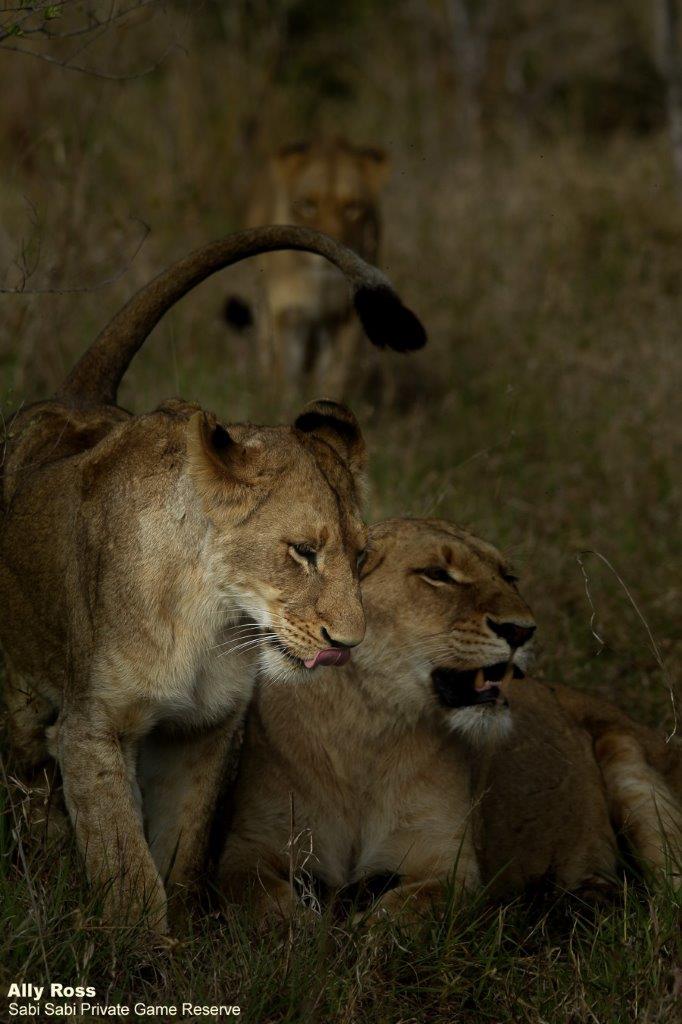
Selati Camp staff alerted us to a pack of wild dogs that had arrived at the waterhole in front of the lodge, so we made our way to them and found eight wild dogs with full stomachs and evidence all over their faces that they had been successful in securing a large meal for breakfast.
The pack moved on, playing a game of tag with some zebra. Zebras are not an ideal meal opportunity for the pack as zebras are large, deliver a nasty bite and a kick that could severely injure a wild dog. The pack eventually settled in some shade as the morning got warmer.
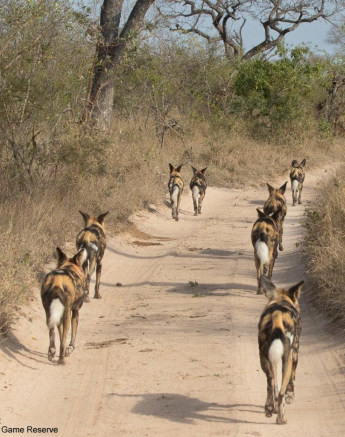
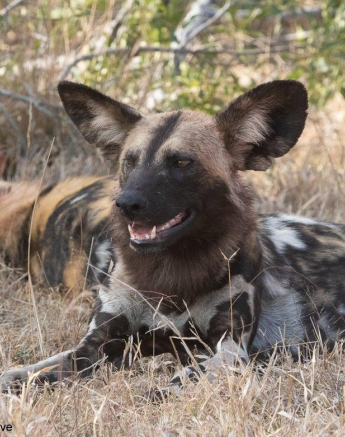
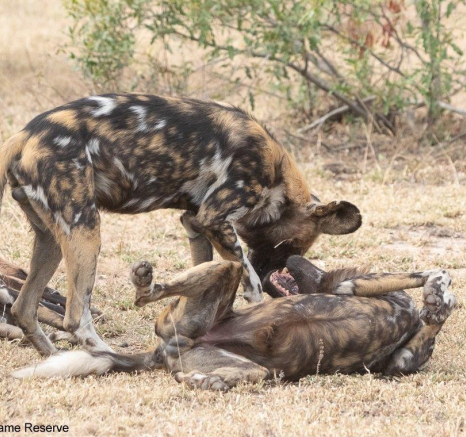
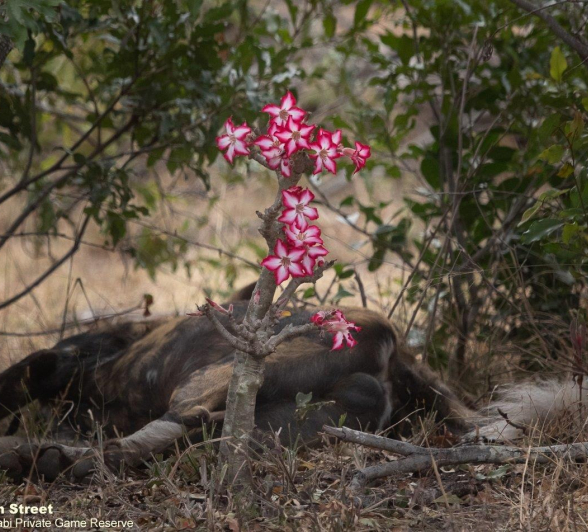
It was almost time to head back to the lodge for a well-deserved breakfast when we spotted a cheetah and her cub showing interest in a herd of impala on the opposite end of a large open area. A herd of impala and a single blue wildebeest spotted the 2 cheetahs and ran straight towards the middle of the open area.
They made their way into a thicket, toward the impala, and we knew it was a great opportunity for the cheetah. We watched as she got close enough and the mother cheetah sprinted towards a herd of impala, by-passing some zebras and a blue wildebeest. The herd took off and we watched as the impala were in a race for their lives. Unfortunately for one young male it would be his last sprint and provided the cheetah and her cub with a good meal. After killing it, she started to call for her cub to come and feed. Within minutes the sky was filled with vultures. The two cheetahs wasted no time and within two hours they finished off the bulk of the impala leaving some scraps for the vultures to fight over.
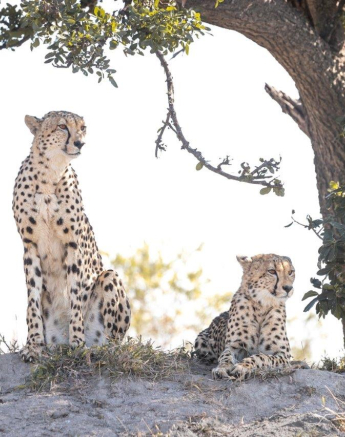
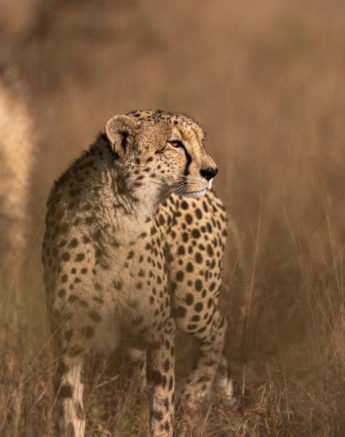
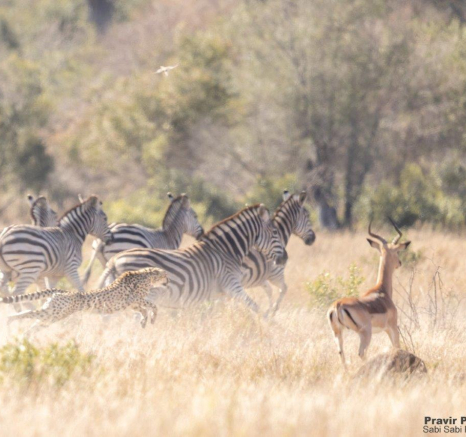
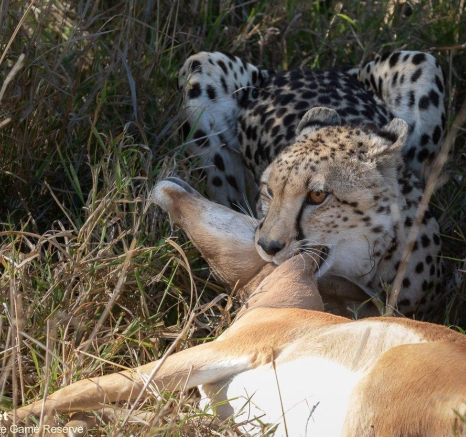
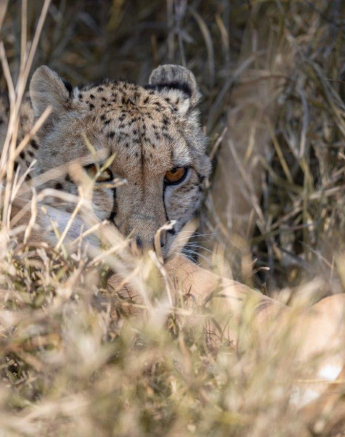
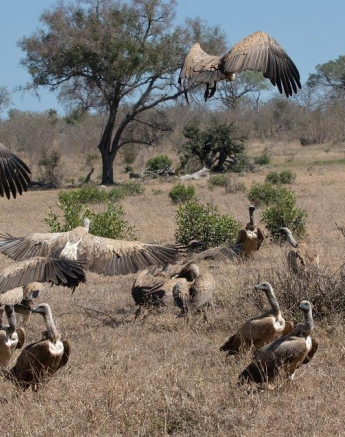
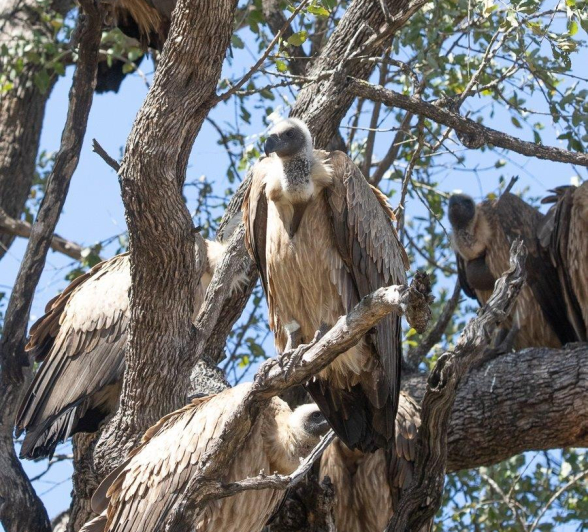
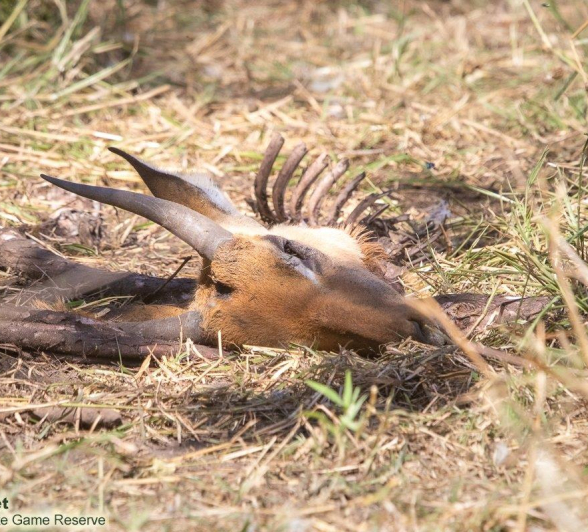
Lilac-breasted Rollers hunt from a perch and will drop down to prey on the ground. Unlike many other birds that will take their kill back up to a perch for consumption, the Lilac-breasted Roller will often kill and consume its catch on the ground.
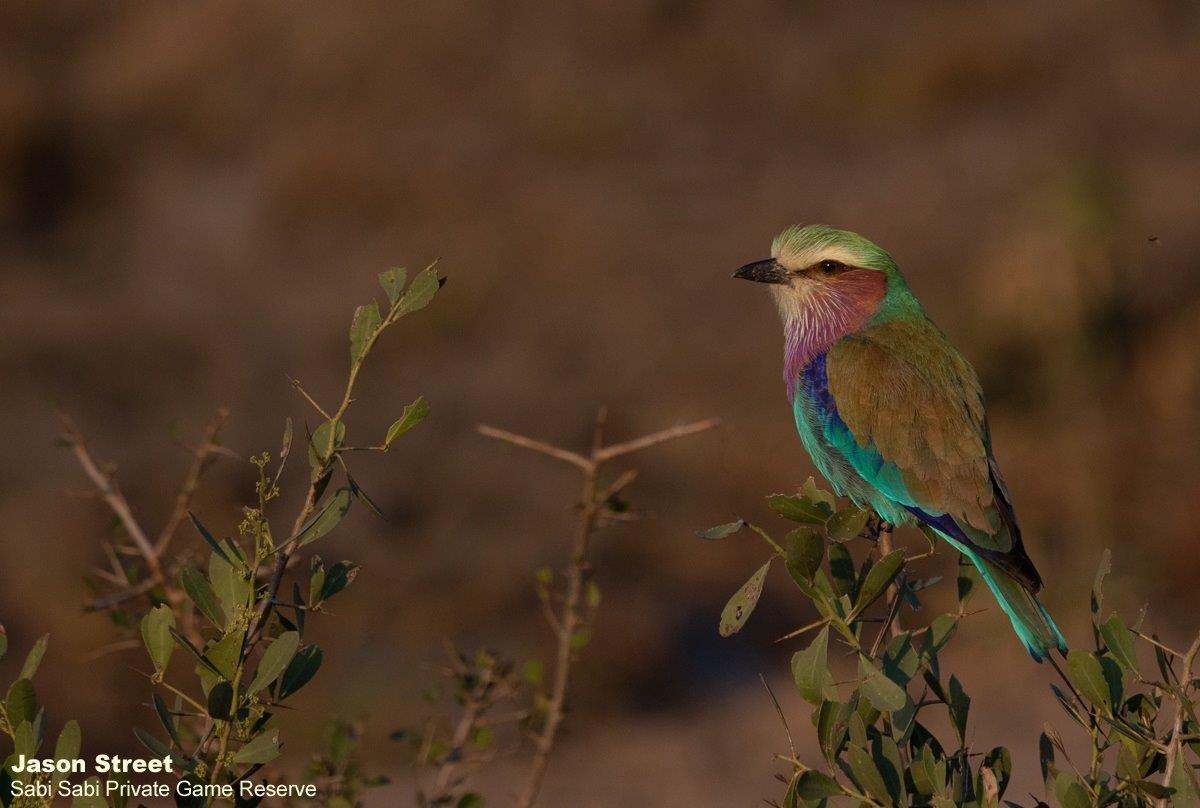
As the name suggests, waterbuck are a very water-dependent species and have been known to evade predators, such as lions, by running into water as predatory cats are very reluctant to get wet themselves.
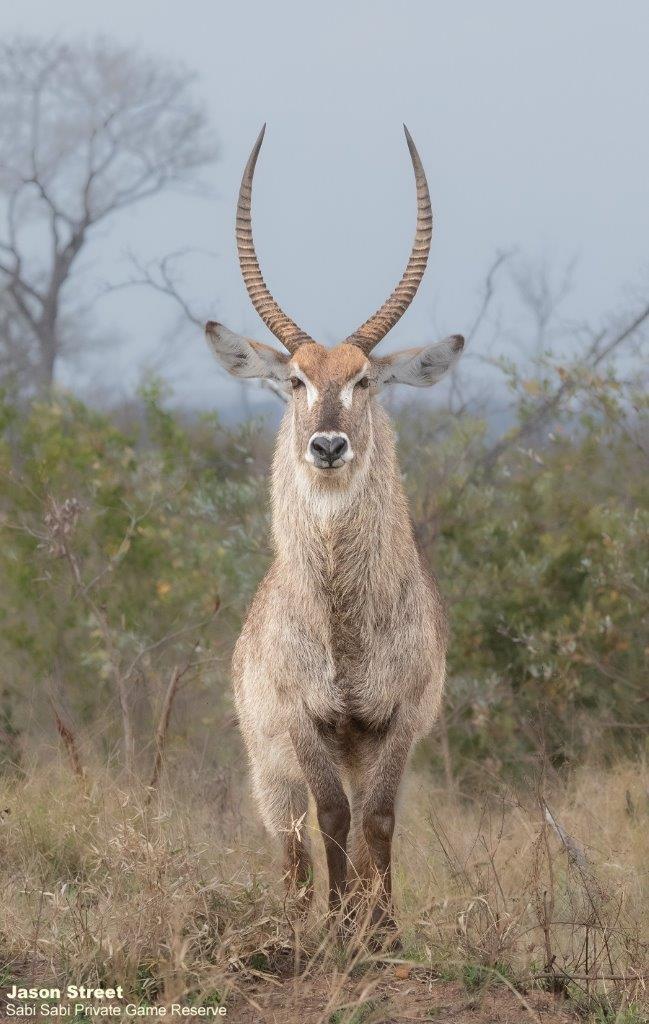
Even though here at Sabi Sabi we have incredible big game sightings, we feel it is still important to focus on the little things and not forget about the abundance of general game that does occur here. We do not only focus on the Big 5, but everything in between too, offering the ultimate bush experience. Whether it is your first safari or whether you are a seasoned safari-goer, there is always something new to learn and experience.
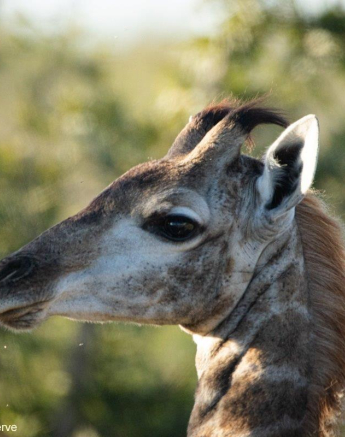
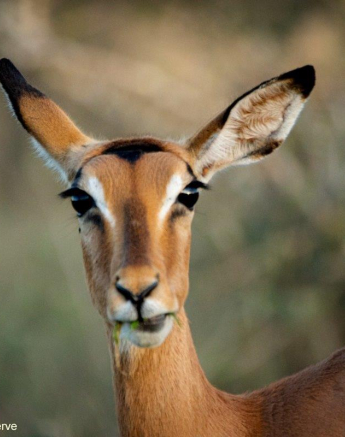
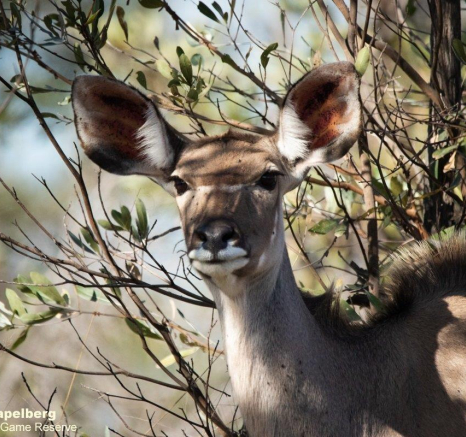
Until next time...
